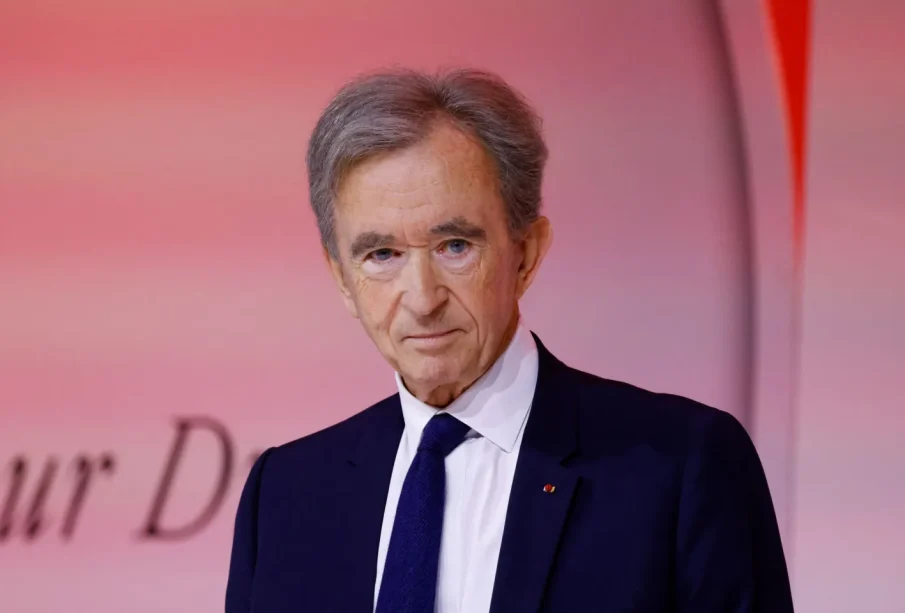Understanding LVMH’s Impact on the Luxury Goods Market

Introduction to LVMH
LVMH Moët Hennessy Louis Vuitton, known simply as LVMH, is a global leader in the luxury goods sector. The importance of LVMH extends beyond its impressive portfolio of prestigious brands; it embodies the epitome of luxury and success within the fashion and beauty industry. The company’s influence stretches across various segments, including fashion, cosmetics, jewelry, and wines and spirits, making it a significant player in the global economy.
Recent Developments at LVMH
In recent months, LVMH has experienced robust growth despite challenging economic conditions brought on by the pandemic and global supply chain disruptions. In its latest financial report for Q2 2023, the company announced a revenue increase of 23%, reaching €22 billion, driven largely by strong demand in Asia and the United States.
The fashion and leather goods segment continues to be LVMH’s most significant source of revenue, with brands like Louis Vuitton and Dior leading the way. Furthermore, the company has made strategic acquisitions, such as the purchase of the jewelry brand Tiffany & Co. in 2021, which has enhanced its foothold in the luxury jewelry market. Moreover, LVMH’s focus on sustainability initiatives has resonated with consumers, particularly among younger demographics who prioritize ethical production practices.
Challenges and Future Outlook
Despite its successes, LVMH faces several challenges, including rising production costs and shifting consumer preferences. The luxury market is ever-evolving, with an increasing number of brands vying for consumer attention. To remain competitive, LVMH must continue to innovate while maintaining the exclusivity and quality associated with its brands.
Additionally, as the world increasingly focuses on sustainability, LVMH’s commitment to environmental stewardship will be crucial for its long-term success. The company has announced plans to reduce its carbon footprint and improve sustainability across its supply chains. Such initiatives are essential to staying ahead in a market that is gradually shifting towards more eco-conscious consumption.
Conclusion
In conclusion, LVMH remains a powerhouse in the luxury goods industry, showcasing remarkable resilience through consistent revenue growth and strategic positioning. The company’s focus on innovation, sustainability, and consumer engagement will be essential in navigating the complexities of the luxury market. For consumers and investors, understanding LVMH’s strategies and performance will not only highlight the brand’s influence but also provide insights into the future of the luxury industry.








